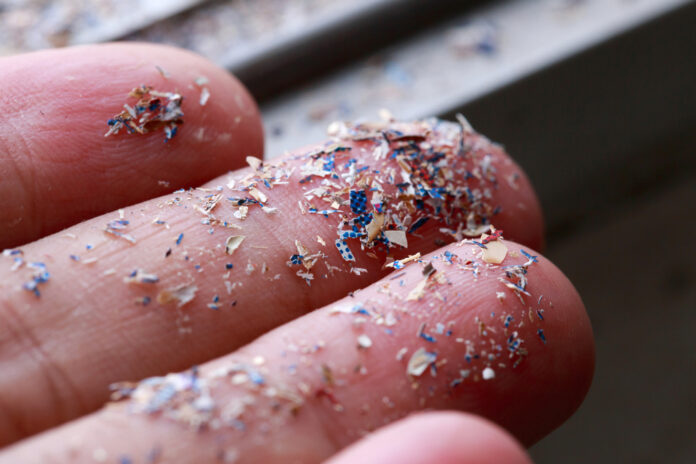
According to a prediction made in the journal Science, the annual growth of plastic output from 1950 to 2015 was around 8.4%. Microplastic contamination has been discovered by scientists in the deepest sections of the ocean and more than 5 miles above sea level.
What Are Microplastics?
According to research, microplastics may be detected in the air we breathe, the dust that collects on our floors, and the seafood we purchase at the grocery store. Although there is no agreed-upon definition of what constitutes a microplastic, researchers often define them as any plastic particle greater than 1 micrometer and less than 5 millimeters in size.
Most recently, microplastics have been found in the bloodstream of donors, in patients awaiting surgery, and in placentas. Research is just beginning to see what it all means, though. Do we need to worry?
Microplastics Research
The research as to the effect microplastics may have on us long-term may be fairly new, but scientists have been concerned about the issue for more than 20 years, with most studies focusing on marine life. The limited studies that do exist in regard to microplastics and humans suggest that we breathe in or swallow anywhere from dozens to 100,000 fragments of microplastics each day.
Possible Theories In Relation to Harm
When theorizing harm, researchers believe that if the microplastics are small enough, they may irritate tissue simply due to the fact they are a foreign substance in our system. Some compare the presence of them to issues with asbestos and the fibers that can affect our lungs, possibly leading to cancer.
Other thoughts follow the thinking that as manufacturers add chemicals into their plastic, such as stabilizers and coloring, those toxins enter our system along with the microplastics. The general thought is that the more chemicals that enter our bloodstream, the more issues we will have long-term.
Ways to Reduce Your Exposure
There is only so much you can do to limit your exposure since microplastics are plentiful in the air at this point. In your home and for your individual use, you can stop using plastic to heat up your food in the microwave and stop drinking from plastic cups. Use a glass or stainless steel tumbler when taking water with you, rather than a plastic one. You can also wash the plastic you do use in cool water since research leans toward more microplastic leakage when the plastic is heated.
As research increases, we are certain to learn more about the effects these slivers of plastic will have on our lives; until then, be mindful of the plastic you use and do your best to limit its use.
https://www.science.org/doi/10.1126/sciadv.1700782
https://www.sciencedirect.com/science/article/pii/S0160412022001258
https://www.nature.com/articles/d41586-021-01143-3


















